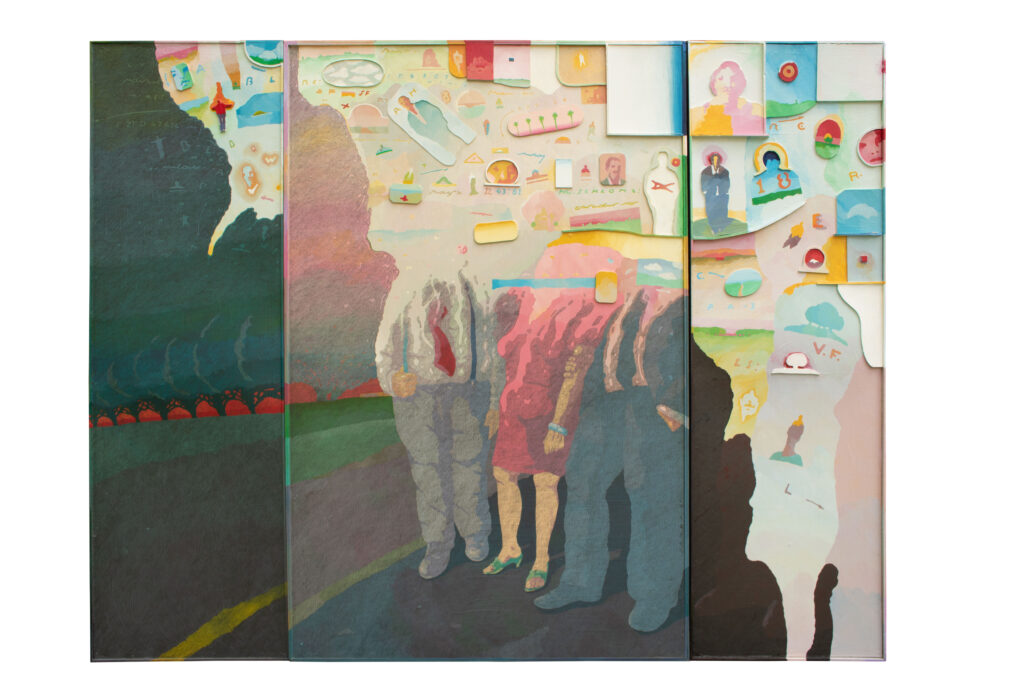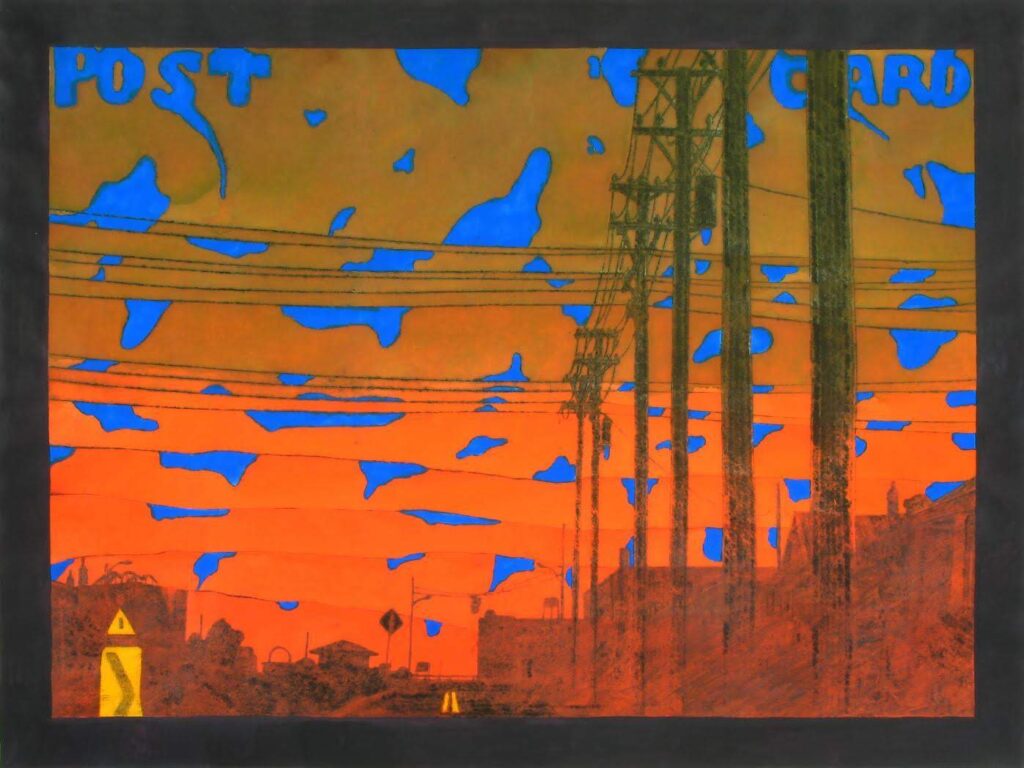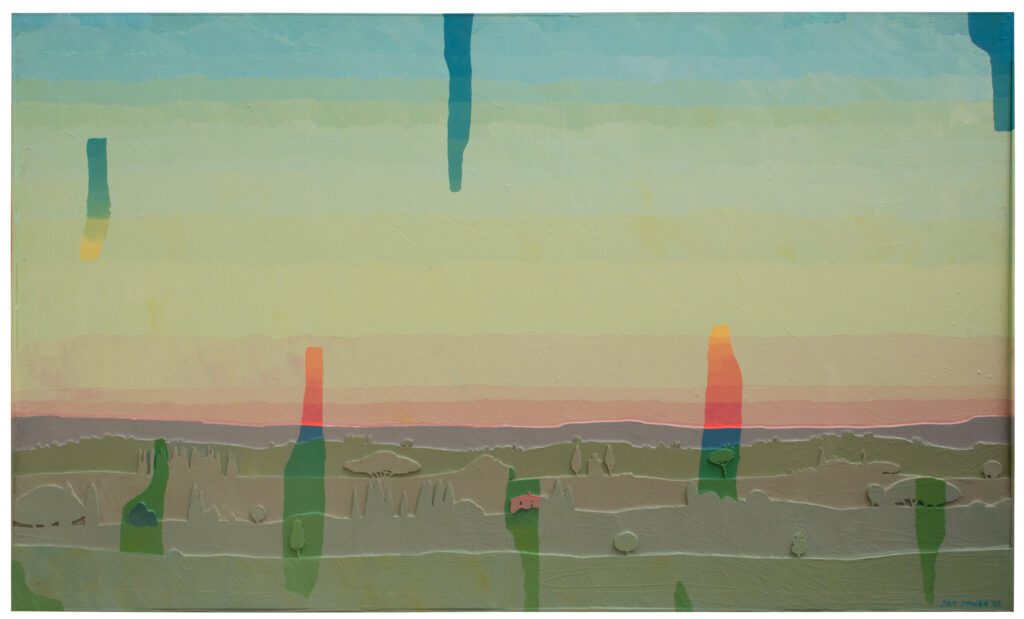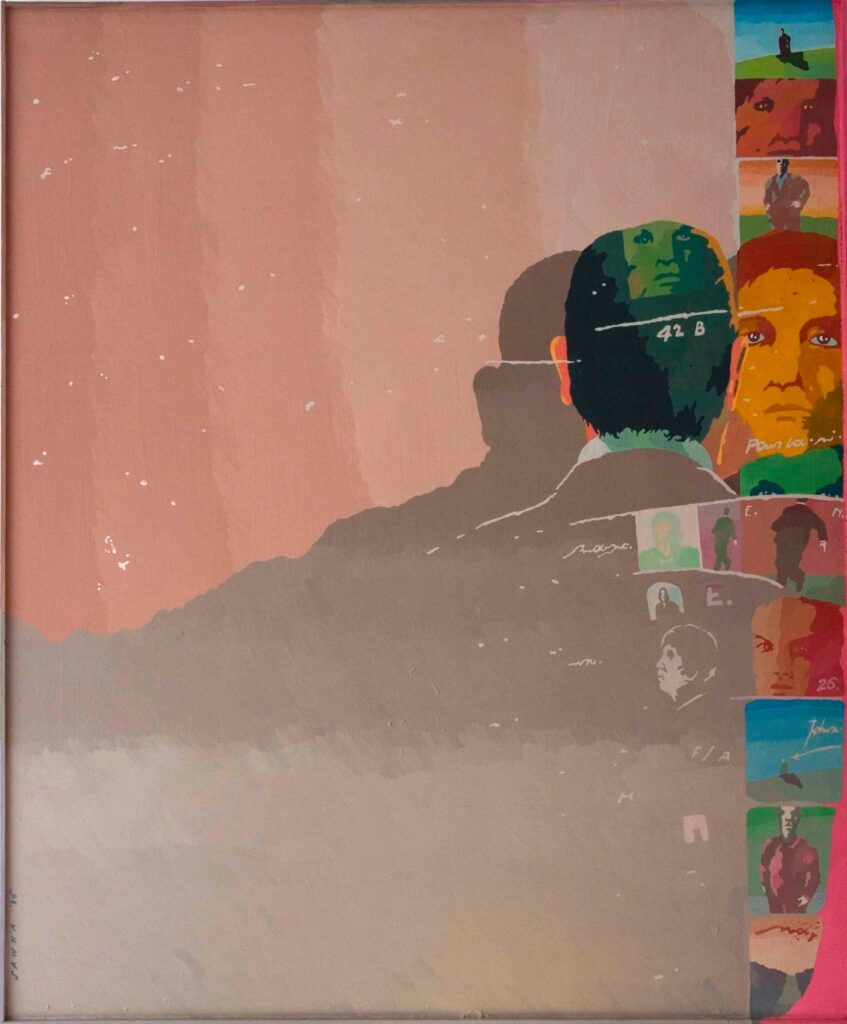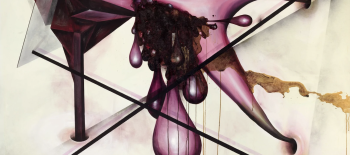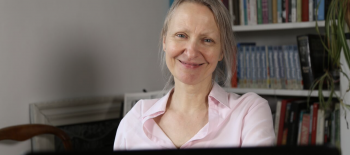Jan Sawka: The Place of Memory (The Memory of Place) exhibition
Samuel Dorsky Museum of Art (SDMA) in SUNY New Paltz, NY
Curated by Hanna Maria Sawka, MFA and Dr. Frank Boyer
On view: February 8 – July 12, 2020
Facing the current National State Emergency resulting from the COVID-19 pandemic, The Robert and Frances Fullerton Museum of Art in San Bernardino, the Samuel Dorsky Museum of Art (SDMA) at SUNY New Paltz, Polish Cultural Institute New York, and the Kosciuszko Foundation work in solidarity with their partners to find new creative ways to deliver meaningful cultural programs to your home via digital online platforms. The Jan Sawka: The Place of Memory (The Memory of Place) exhibition at the Samuel Dorsky Museum at SUNY New Paltz, features Jan Sawka’s legacy reflecting on humanism of his artistic language and the testimony of his life’s journey. Featured are paintings and etchings by Jan Sawka from the Dorsky’s permanent collection and from private collections, which illuminate two aspects of Jan Sawka’s practice, his fascination with human consciousness, in this case, with memory, and his interest in place, and the places through which a human life passes.
This exhibition along with the Golden West? Jan Sawka’s California Dream at the Robert and Frances Fullerton Museum of Art, currently on view online at California State University San Bernardino, are the largest thematic solo exhibitions since the artist’s death in 2012.
In conjunction with the exhibitions, respecting the Center for Disease Control and Prevention, as well as the federal and NY State social distancing guidelines, the online symposium on May 2, will bring two museums currently featuring Jan Sawka’s thematic solos exhibitions on the East and the West coasts, the Samuel Dorsky Museum of Art in SUNY New Paltz and the Frances Fullerton Museum of Art in San Bernardino into online symposium, which the viewers will be able to interact with online from the safety of their homes.
- Jan Sawka, Post Card #19, (from the series “Post Cards”), 1987–89, printed 1990
- ©Fading by Jan Sawka, 2005, 49 x 81”. Acrylic on Masonite. Courtesy of Jan Sawka Estate
- The Memory Jan Sawka, 1987 48 x 40” Acrylic on Masonite Location: Jan Sawka Estate
The discussions will reflect on the themes of the shows on both coasts, SDMA in New Paltz, and RAFFMA in San Bernardino, will center around two main aspects, the biographical context of Jan Sawka’s life, his exile from Poland under communist rule and his journey to Hudson Valley in New York. The second aspect will be an academic analysis of the art-historical and critical implications of Jan Sawka’s legacy with its themes of collective memory, identity displacement and alienation mediated through visual narration of a landscape. The testimony of Jan Sawka and his family’s life, their social, political and cultural displacements caused by their exile from Poland under the Soviet rule, are especially relevant now in the face of novel coronavirus pandemic, national health crisis, and mass displacements resulting from job loss, economic hardship, and social distancing.
Jan Sawka’s working method and artworks are truly visionary, in the sense that he always worked from mental images. Every work is open to his thoughts, his emotions, his mental associations, and, above all to memory as a way to shape identity. Thus, the show includes works that illuminate his visual explorations of the phenomenon of memory, works whose subject matter is the landscape of the Mid-Hudson Valley, and works that were created in his High Falls studio that are based in the memories of places that he “passed through.” Many of these images express a deep empathy and the sense of loss that only exile can bring, leavened by an expansive sense of the beauty that art and nature make available to human beings.
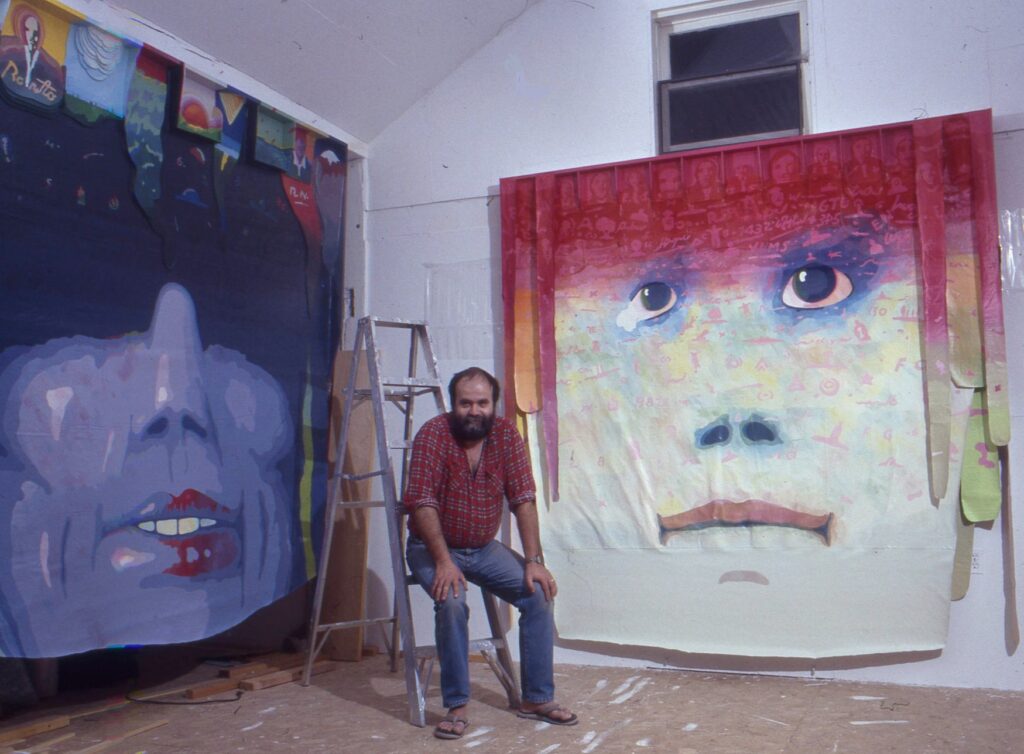
Jan Sawka (1946-2012) was a noted contemporary artist of Polish origin and an international acclaim, based from 1985 in High Falls near New Paltz, NY where he conceived of many of his most notable works now included in collections of over 60 museums worldwide.
Throughout his career Sawka was working in various fields as a visual artist, a painter, print-maker, graphic artist, set designer and architect. When he moved to NYC with his family in 1977, he was creating commentary illustrations for the Op-Ed page of the New York Times. In New York, Sawka designed graphics and sets for such theaters as the Harold Clurman, Jean Cocteau Repertory and Samuel Beckett Theater. In 1989, he designed a monumental set for the The Grateful Dead’s 25th Anniversary tour as a solution to Jerry Garcia’s concern that stadiums are inhuman concert environments. At the time of his death, he had just completed a multimedia spectacle titled “The Voyage” for performance with the Grateful Dead drummer Mickey Hart’s ensemble. For a pilot of “The Voyage,” Sawka won the Premio di Lorenzo Il Magnifico Gold Medal in Multimedia at the 4th International Biennial of Contemporary Art in Florence, Italy in 2003.
Sawka won major awards including the “Oscar de la Peinture” and “Special Prize of the President of France” at the International Festival of Painting in Cagnes-Sur-Mer in 1975, the Japanese Cultural Agency Award (1994) and the “Excellence in Architecture Award” from the American Institute of Architects (2010). His work is in the collections of over 60 museums around the world including the Samuel Dorsky Musuem’s permanent collection. https://www.jansawka.com/
The exhibition is organized in partnership with the Samuel Dorsky Museum of Art (SDMA) in SUNY New Paltz, the Polish Cultural Institute New York, the SUNY New Paltz Foundation, Inc., and supported by The Kościuszko Foundation.
Symposium is organized in partnership with the Samuel Dorsky Museum of Art (SDMA) in SUNY New Paltz, the Polish Cultural Institute New York, the Robert and Frances Fullerton Museum of Art at California State University San Bernardino, the SUNY New Paltz Foundation, Inc., supported by The Kościuszko Foundation.

